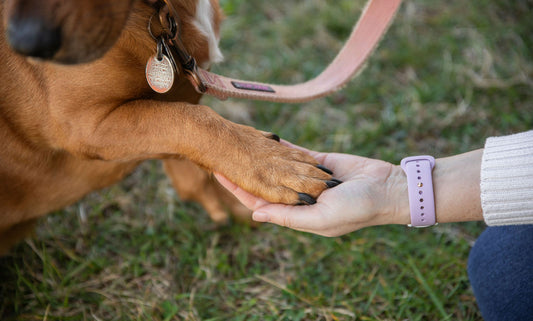Visbiome Vet Blog
Discover the latest expertly curated insights, ideas, and news update to empower you on your journey towards ensuring your pets health. Learn about the critical role that the Probiotics plays in promoting health and wellness.



Pawsitive Guts
New Year, New Resolutions!
Start 2025 off right by focusing on your pet’s health and happiness. From regular exercise and dental care to introducing new treats and enriching activities, this year can be the...
Pawsitive Guts
New Year, New Resolutions!
Start 2025 off right by focusing on your pet’s health and happiness. From regular exercise and dental care to introducing new treats and enriching activities, this year can be the...
